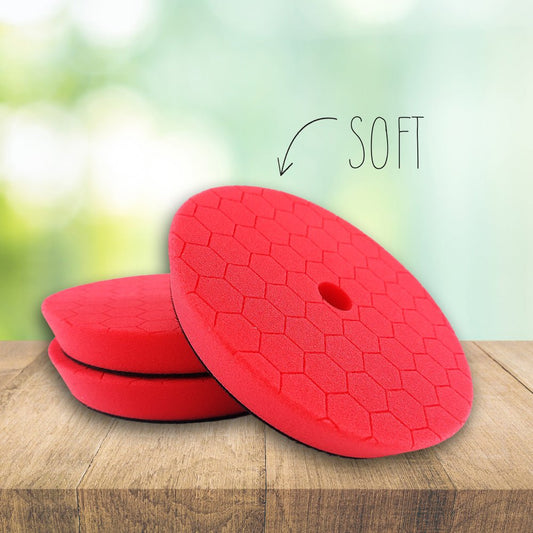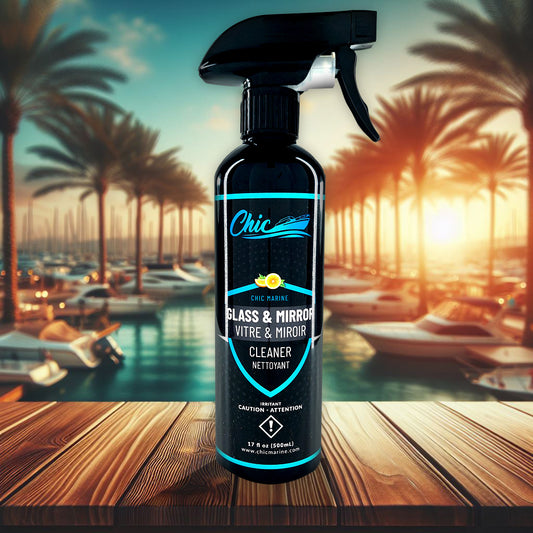Why boat fiberglass look like chalky?
As passionate sailors or boat enthusiasts, we've all experienced the frustration of seeing our once-glossy boat fiberglass turn chalky over time. This phenomenon is a common occurrence, often caused by prolonged exposure to the elements. However, fear not! In this blog post, we'll delve into why boat fiberglass turns chalky and explore effective methods to restore its glossy shine, ensuring your vessel looks as good as new.
Understanding the Chalky Phenomenon: Boat fiberglass, despite its durability, is susceptible to degradation when exposed to UV radiation, saltwater, and environmental pollutants. Over time, these elements cause the resin in fiberglass to break down, resulting in a chalky appearance on the surface. This chalky residue is actually the result of oxidation, where the outer layer of the fiberglass becomes weathered and dull, losing its original luster.
Factors Contributing to Chalkiness: Several factors contribute to the formation of chalky boat fiberglass:
1. UV Exposure: Sunlight contains UV rays that accelerate the degradation of fiberglass resin, leading to chalkiness.
2. Saltwater Exposure: Saltwater can corrode the surface of fiberglass, exacerbating the chalky effect, especially in marine environments.
3. Environmental Pollutants: Airborne pollutants and chemicals can also contribute to the deterioration of fiberglass, hastening the formation of chalky residue.
Restoring the Glossy Effect: Fortunately, there are several methods to rejuvenate chalky boat fiberglass and restore its glossy finish:
1. Cleaning: Start by thoroughly cleaning the surface using a mild detergent or specialized fiberglass cleaner. This will remove dirt, grime, and any surface contaminants that may contribute to the chalky appearance.
2. Compounding: After cleaning, use a fiberglass compound or polish to gently buff away the chalky residue. This process helps to smooth out the surface and restore the fiberglass's shine.
3. Polishing: Follow up with a high-quality fiberglass polish to further enhance the shine and provide long-lasting protection against UV damage and environmental factors.
4. Waxing: Finish the restoration process by applying a marine-grade wax or polish to the fiberglass surface. This adds an extra layer of protection and helps to seal in the glossy finish, keeping your boat looking pristine for longer periods.
5. Preventative Measures: To prevent future chalkiness and maintain the glossy appearance of your boat fiberglass, consider the following preventative measures:
1. Regular Maintenance: Implement a routine maintenance schedule to clean and protect your boat's fiberglass surfaces.
2. UV Protection: When not in use, store your boat in a covered area or use a UV-resistant boat cover to shield it from harmful UV rays.
3. Protective Coatings: Apply a UV-resistant clear coat or protective sealant to the fiberglass surface to provide an additional layer of defense against oxidation and chalkiness.
4. Rinse After Use: After each outing, rinse your boat thoroughly with fresh water to remove salt and other contaminants that could contribute to fiberglass degradation.
Chalky boat fiberglass is a common issue faced by boat owners, but with the right knowledge and maintenance routine, it's entirely manageable. By understanding the causes of chalkiness and employing effective restoration techniques, you can bring back the glossy shine to your boat fiberglass, ensuring it remains a source of pride and enjoyment for years to come. So, don't let chalkiness dampen your sailing spirit – reclaim the shine and set sail with confidence!



